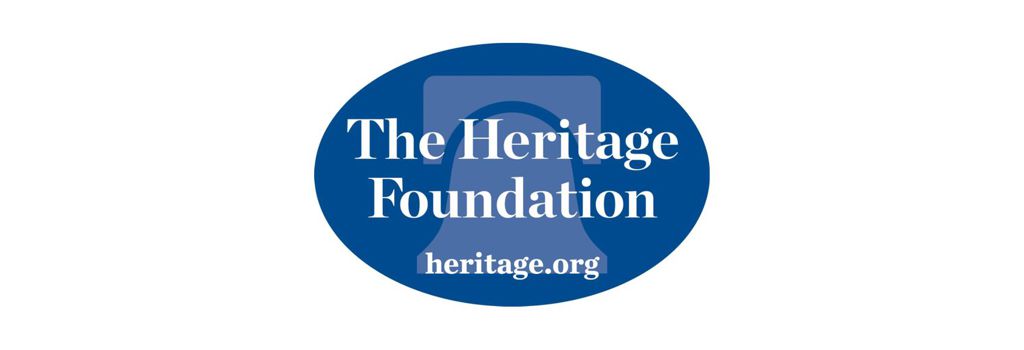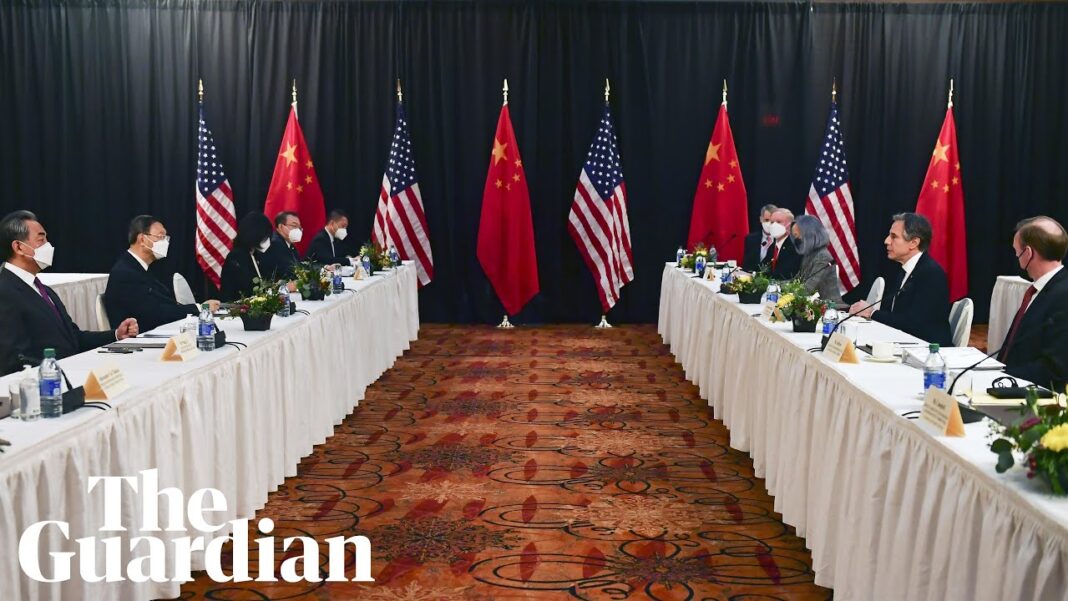
SUMMARY
Critical race theory is an ideology which maintains that the United States is a fundamentally racist country and that American institutions such as the Constitution, property rights, color blindness, and equal protection under the law are vestiges of white supremacy, patriarchy, and capitalist oppression—all of which must be overthrown in the name of “antiracism.” Ultimately, critical race theory and “antiracism” policies would deepen racial divisions and undermine the very institutions that are essential to addressing poverty and inequality across all racial groups. Policymakers concerned about these issues should reject critical race theory and orient public policy toward rebuilding the institutions of family, work, and education, which have been proven to lift Americans of all racial backgrounds out of poverty.
KEY TAKEAWAYS
- Critical race theorists falsely accuse the United States of being a fundamentally racist nation and condemns capitalism, individual rights, and the Constitution.
- Critical race theory ignores evidence that shows that family structure, educational attainment, and workforce participation are the primary drivers of inequality.
- Critical race theory seeks to undermine the foundations of American society and replace the constitutional system with a near-totalitarian “antiracist” bureaucracy.
Critical race theory has emerged as one of the most influential—and controversial—academic theories in contemporary political discourse. The discipline’s key terms, such as “systemic racism,” “white privilege,” “white fragility,” and “racial equity,” have become part of the common vocabulary and the basis for much of progressive policymaking. In 2020, the President of the United States addressed the debate over critical race theory’s role in policymaking with a speech denouncing it at the National Archives and an executive order banning critical race theory–inspired training programs from the federal government.1
Donald J. Trump, “Remarks by President Trump at the White House Conference on American History,” September 17, 2020, The American Mind, September 30,, 2020, https://americanmind.org/features/reclaiming-american-history/remarks-by-president-trump-at-the-white-house-conference-on-american-history/ (accessed February 17, 2021).
The rise of critical race theory in recent years has been astonishing. For decades, the theory, which posits that America’s institutions are “camouflages” for racial oppression,2
William F Tate IV, “Critical Race Theory and Education: History, Theory, and Implications,” Review of Research in Education, Vol. 22, No. 1 (January 1997), pp.195–247. had been relegated to the academic world, circulating in journals, law review articles, and conference presentations. Over the past decade, however, critical race theory has moved from obscurity to near ubiquity in America’s academic, corporate, and governmental institutions. In recent years, a large number of schools, universities, and local governments have adopted “antiracism” or “diversity and inclusion” policies based on critical race theory. In addition, federal agencies have implemented human resources programs based on critical race theory,3
Christopher F. Rufo, “Obscene Federal ‘Diversity Training’ Scam Prospers—Even Under Trump,” New York Post Blog, July 16, 2020, https://www.ma https://nypost.com/2020/07/16/obscene-federal-diversity-training-scam-prospers-even-under-trump/ (accessed February 17, 2021). philanthropies have pledged billions toward “racial equity” initiatives,4
David J. Maurrasse, “Philanthropy Responds to the Racial Equity Movement,” GrantCraft Blog, July 21, 2020, https://grantcraft.org/content/blog/philanthropy-responds-to-the-racial-equity-movement (accessed February 17, 2021). and hundreds of corporations have signaled their support for the new ideology of “antiracism.”5
Reuters, “Factbox: Corporations Pledge $1.7 Billion to Address Racism, Injustice,” U.S. News & World Report, June 9, 2020, https://www.usnews.com/news/top-news/articles/2020-06-09/factbox-corporations-pledge-17-billion-to-address-racism-injustice (accessed February 17, 2021).
Unfortunately, despite the superficial appeal of slogans like “fighting racism,” these policies will do little to alleviate poverty and inequality in the real world. As scholars such as Ron Haskins, Robert Rector, Isabel Sawhill, and others have demonstrated, the real drivers of American poverty—for all racial groups—are the so-called background variables of family structure, educational attainment, and workforce participation.
In spite of the empirical evidence demonstrating the importance of these variables, however, the critical race theorists have sought to undermine them at every turn. They have argued that the nuclear family is a vestige of white supremacy,6
Ashley A. Walsdorf, Lorien S. Jordan, Christi R. McGeorge, and Margaret O. Caughy, “White Supremacy and the Web of Family Science: Implications of the Missing Spider,” Journal of Family Theory & Review, Vol. 12, No. 1 (March 2020), pp. 64–79. work requirements and entry-level employment are an extension of capitalist oppression,7
Wendy M. Limbert and Heather E. Bullock, “‘Playing the Fool’: US Welfare Policy from a Critical Race Perspective,” Feminism & Psychology, Vol. 15, No. 3 (August 2005), pp. 253–274. and achievement-based education is a historical artifact of racism and eugenics.8
Wayne Au, “Hiding Behind High-Stakes Testing: Meritocracy, Objectivity and Inequality in U.S. Education,” The International Education Journal: Comparative Perspectives, Vol. 12, No. 2 (2013), pp. 7–20, https://openjournals.library.sydney.edu.au/index.php/IEJ/article/viewFile/7453/7812 (accessed February 17, 2021). “Poverty,” in the words of race theorist Kay Ann Taylor, “is a structural, embedded, institutionalized, and systemic requirement to maintain capitalism’s efficacy; it is an ongoing outcome of hegemony, patriarchy, and a capitalistic economic structure.”9
Kay Ann Taylor, “Poverty’s Multiple Dimensions” Journal of Educational Controversy, Vol. 4, No. 1 (2009), https://cedar.wwu.edu/cgi/viewcontent.cgi?article=1086&context=jec21 (accessed February 17, 2021).
Contrary to the doctrine of critical race theory, the solution to poverty—for members of all racial groups—is to provide a pathway for stable two-parent households, achievement-based academic success, and full-time work for householders. If policymakers can close the gap for these critical background variables, the gap between various racial groups will follow in kind.
In order to address inequality, policymakers must begin with a rigorous understanding of what drives it and how the institutions of family, education, and work can help to reduce it. Although there is no quick or easy solution for this problem, the alternative proposed by critical race theory—in essence, the revolutionary overthrow of capitalism, tradition, and constitutionalism—would be even worse.







